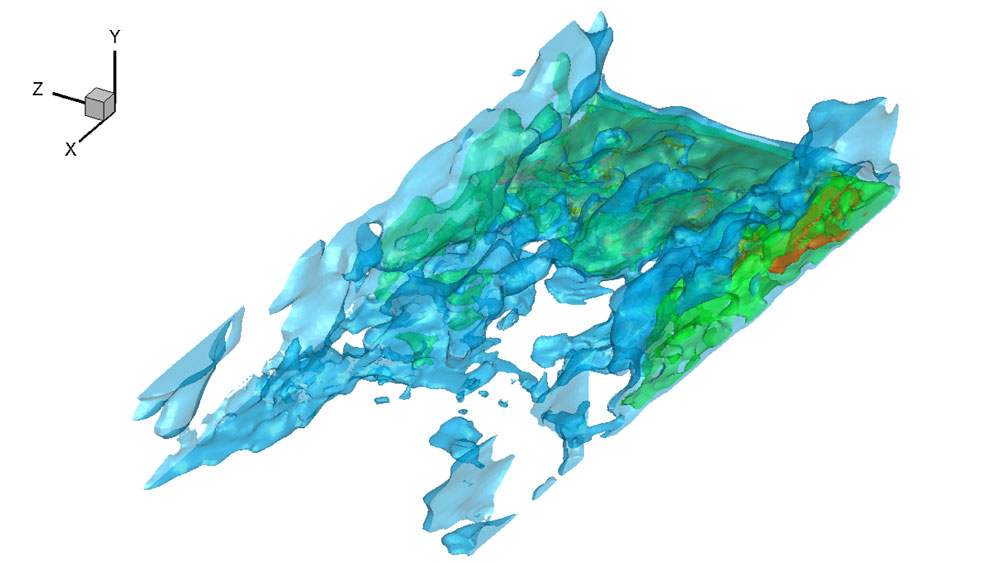
There is a layer that separates the sky and sea. It’s tiny – only one millimeter at its thickest – and yet, this sea-surface microlayer plays a major role in weather prediction and the relationship between the air and ocean.
While the sea-surface layer has been known about for decades, the dynamics and greater implications of it are largely unknown. In order to remedy this, Dr. Aarthi Sekaran and Dr. Noushin Amini, two research assistant professors in the Department of Ocean Engineering at the Texas A&M University at Galveston campus, are taking a deeper look into the flow instabilities of this microlayer. Their research will provide a better understanding of how changes in the sea-surface microlayer affect weather patterns such as wind speed and temperature variation.
“The science that is hidden in this microlayer is both fascinating and challenging since we see large variations of properties like temperature, salinity and organic matter composition,” said Sekaran. “Essentially, a lot happening over a small thickness, which is an exciting fluid dynamical setup.”
As the incidence of extreme weather conditions increases, Sekaran explained that it becomes more essential to understand the sea-surface microlayer, which plays a pivotal role in predicting weather and climate changes. The question then becomes how global conditions are affected by shifts found in the microlayer.
“My research aims at using state-of-the-art computer simulations to unearth the role of flow instabilities, coherent structure dynamics and other related processes on the development of the sea-surface microlayer,” said Sekaran.

While an undergraduate and graduate student at Texas A&M University, Sekaran was introduced to hydrodynamic instabilities. Hydrodynamic instabilities – the study of fluids in motion and how their flow can be disrupted – look at how such instabilities can cause large-scale dynamic changes in systems (such as weather patterns). Applying these concepts to ocean engineering early into her appointment in the department, Sekaran discovered that distinct flow patterns and instabilities could be simulated in the sea-surface microlayer, opening a door for fundamental processes to be discovered.
Focusing on the heat and mass transfer across the sea-surface microlayer, Sekaran and Amini are looking to do just that: discover fundamental processes and understanding of the microlayer and how it impacts weather prediction and other systems.
“The ocean engineering department is an exciting place to work in today,” Sekaran said. “The experienced faculty is always willing to guide younger ones, and we are all enthusiastic about the department growing in new directions. I’ve also had the opportunity to work on some unique department initiatives, such as the Natural Marine Processes in Engineering Design program, and am certain we will have an unparalleled group of Aggie ocean engineers graduating soon.”